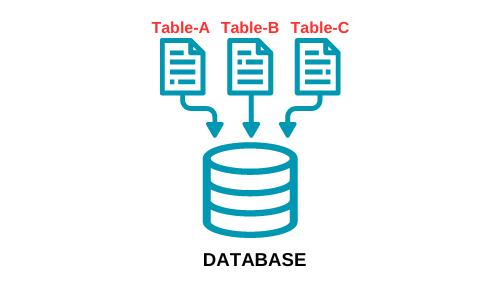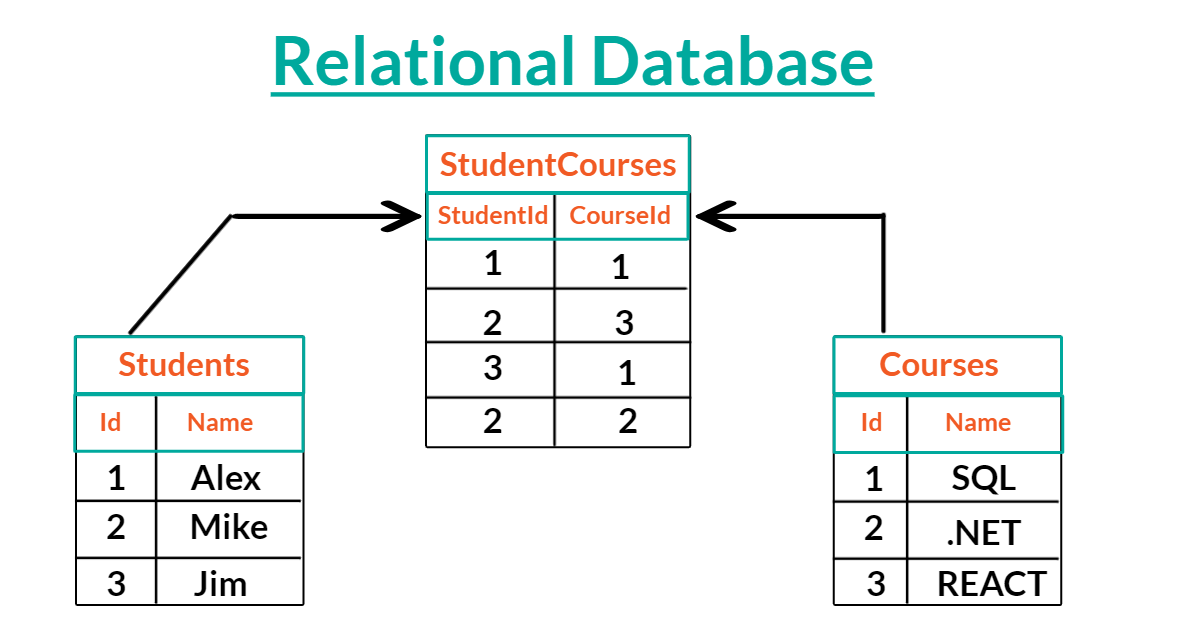Text copied!
What is SQL
What is SQL?
SQL is a powerful programming language utilized for managing and manipulating relational databases. This chapter will cover the fundamentals, exploring the concepts of SQL, MSSQL, and SSMS.
Table of content :
1. Introduction to SQL · What is SQL? · Key Concepts: Database, Relational Database, RDBMS 2. Exploring what is SQL?, MS-SQL and SSMS · SQL Syntax for Querying Data · Overview of MSSQL · SSMS: A Powerful IDE for SQL Server
Before delving into What is SQL?, let's establish a clear understanding of terms such as database, relational database, and RDBMS.
Database :
A database is an organized collection of data stored and accessed through a software system designed for efficient and secure data management. It serves as a repository for various data sets, including customer information and inventory.

Relational Database :
Relational databases are widely used in business and other applications requiring structured data organization, relational databases offer advantages like easy data update, retrieval, and manipulation using SQL. SQL, or Structured Query Language, is the standard language for interacting with relational databases.

RDBMS :
RDBMS, or Relational Database Management System, is software managing data in relational databases. It provides tools for organizing, managing, and accessing data efficiently. Examples of RDBMS include SQL Server, Oracle, MySQL, and SQLite.
Now, let's clarify the concepts of MS-SQL and SSMS.
What is SQL :
Structured Query Language (SQL) is a programming language commonly used for managing and manipulating relational databases. SQL plays a crucial role in web development, data analysis, and other fields requiring efficient data storage and processing. Below is the syntax of SQL query/statement that retrieves records/data from a database table.
SELECT column1, column2, column3 FROM table;
MSSQL :
MS-SQL, short for Microsoft SQL Server, is an RDBMS designed to store, manage, and retrieve data for various applications and services. Widely used in industries like healthcare, e-commerce, and education, it comes in different editions to suit diverse business needs.
SSMS :
SQL Server Management Studio (SSMS) serves as an integrated development environment (IDE) for managing and administering Microsoft SQL Server. It offers a range of features and tools catering to developers and analysts. You can download it from below link :
https://learn.microsoft.com/en-us/sql/ssms/download-sql-
server-management-studio-ssms?view=sql-server-ver16